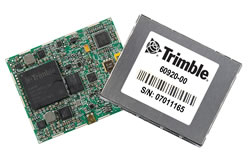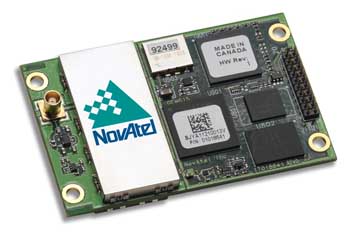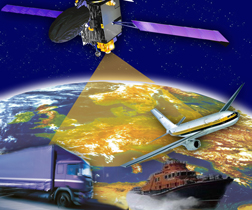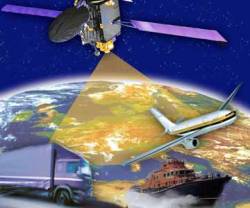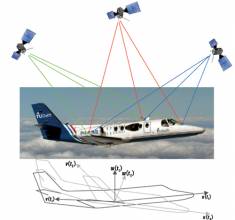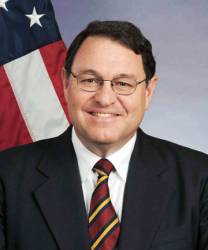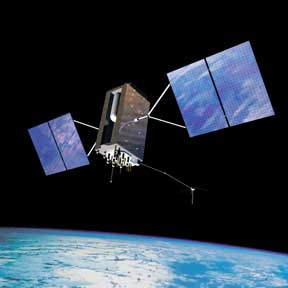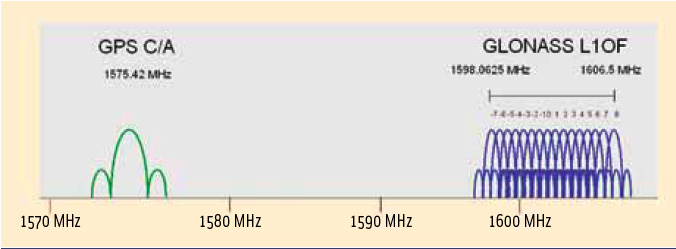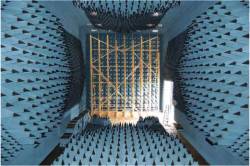IET London: Modernised Satellite Navigation Seminar
 IET headquarters, Savoy Place
IET headquarters, Savoy PlaceThe head of the Galileo program division of the UK’s space agency, the PRS expert at the European GNSS agency and the director of the Nottingham Geospatial Institute are just a few of the speakers at a one-day seminar in central London on October 5 called "Modernized Satellite Navigation: The Implementation of GNSS Programmes and Future Challenges."
The Wednesday event will take place at the IET Savoy Place conference center from 9 a.m. until 5 p.m
By Inside GNSS

